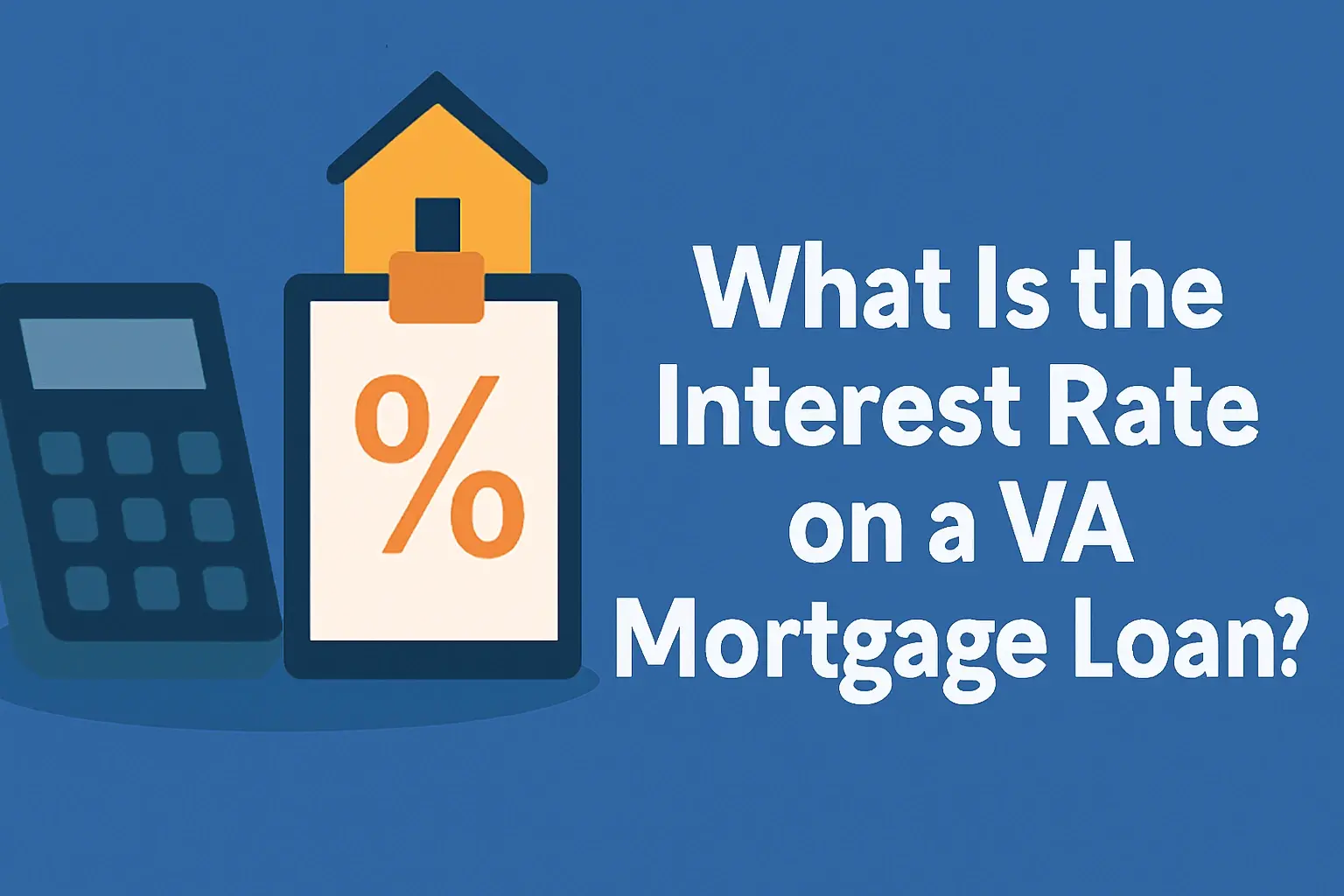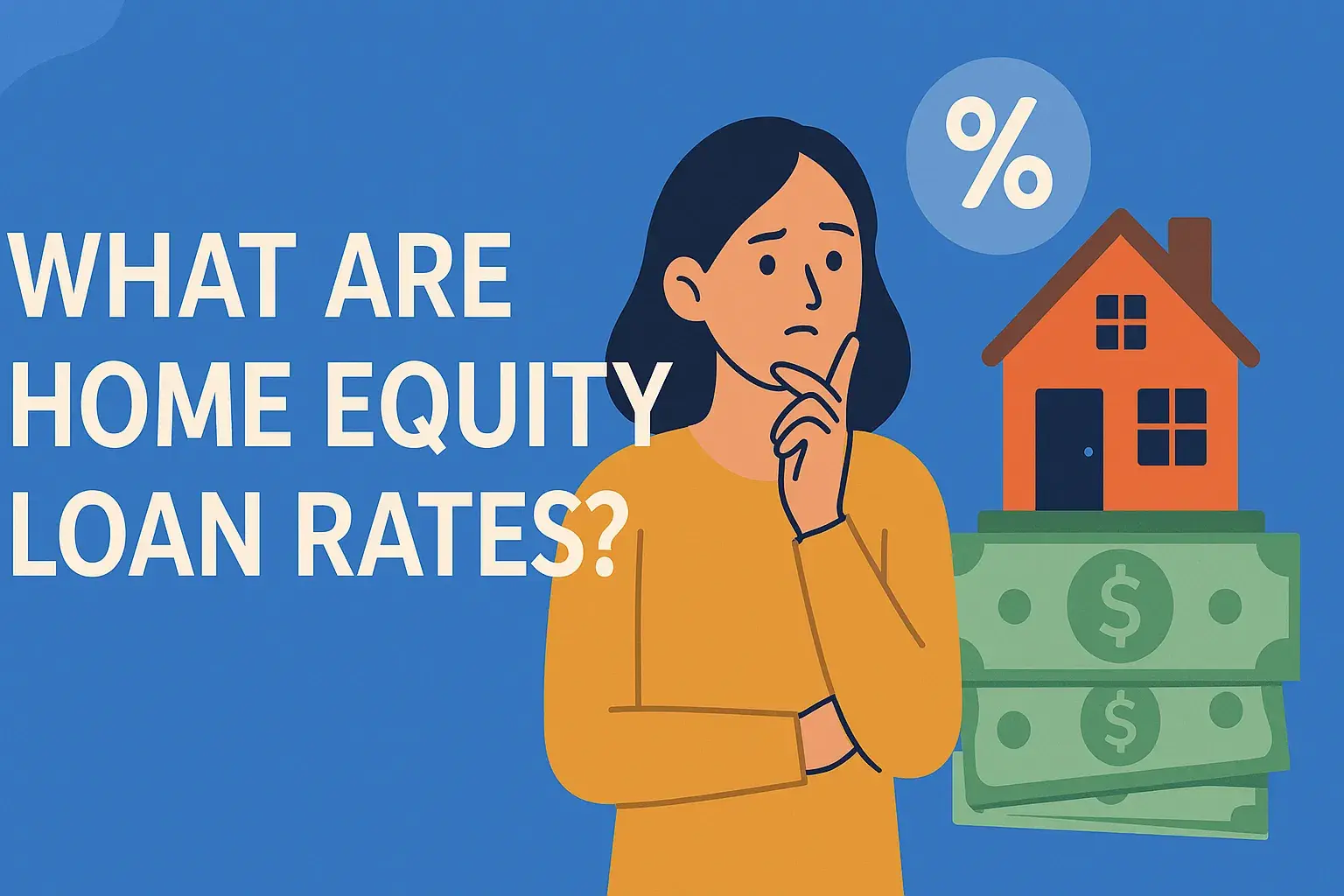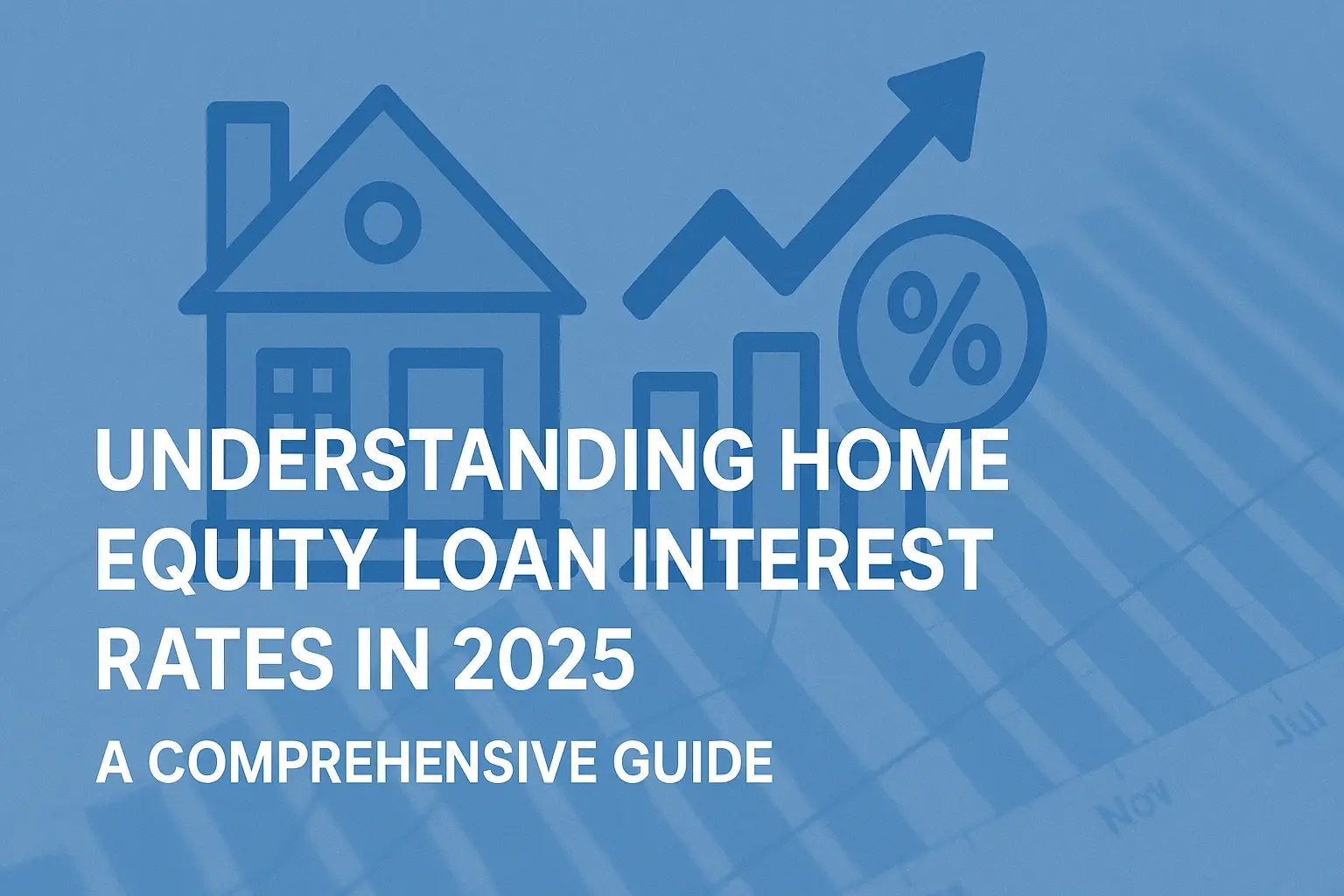-
Posted on: 23 Aug 2024

-
Buying a home is often the biggest financial decision of your life. Navigating the world of home loans can seem daunting, but with the right information and preparation, you can successfully secure a mortgage and achieve your dream of homeownership. This comprehensive guide will walk you through the entire process, from understanding the basics to navigating the application and closing the deal.
1. Understanding the Basics of Home Loans
Before diving into the application process, it's crucial to understand the fundamental concepts behind home loans. A home loan, also known as a mortgage, is a sum of money borrowed from a lender to purchase a property. You agree to repay this loan, plus interest, over a set period, typically 15, 20, or 30 years. Understanding these basics will help you make informed decisions.
1.1. Key Mortgage Terms
- Principal: The original amount of money borrowed.
- Interest: The cost of borrowing the money, expressed as a percentage (interest rate).
- Amortization: The process of paying off the loan over time through regular payments that include both principal and interest.
- Down Payment: The portion of the home's purchase price you pay upfront, typically a percentage of the total price.
- Closing Costs: Fees associated with finalizing the loan, including appraisal fees, title insurance, and loan origination fees.
- APR (Annual Percentage Rate): A broader measure of the cost of the loan, including the interest rate and other fees, expressed as an annual percentage. This is a good metric for comparing different loan offers.
1.2. Types of Home Loans
There are several types of home loans available, each with its own advantages and disadvantages. The best option for you will depend on your individual circumstances, financial situation, and goals.
- Conventional Loans: Not insured or guaranteed by the government. Typically require a higher credit score and a larger down payment. Can be conforming (meet Fannie Mae and Freddie Mac guidelines) or non-conforming (jumbo loans, for example).
- FHA Loans (Federal Housing Administration): Insured by the FHA, making them easier to qualify for, especially for first-time homebuyers. Often have lower down payment requirements and credit score minimums. Require mortgage insurance (both upfront and annual).
- VA Loans (Department of Veterans Affairs): Guaranteed by the VA, available to eligible veterans, active-duty military personnel, and surviving spouses. Typically don't require a down payment and have competitive interest rates.
- USDA Loans (United States Department of Agriculture): Available to eligible homebuyers in rural and suburban areas. Offer low or no down payment options.
- Adjustable-Rate Mortgages (ARMs): Have an interest rate that adjusts periodically based on a specific index. Often start with a lower initial interest rate, but the rate can increase over time.
- Fixed-Rate Mortgages: Have an interest rate that remains the same for the entire loan term, providing predictability and stability in your monthly payments.
2. Assessing Your Financial Readiness
Before applying for a home loan, it's essential to evaluate your financial situation to determine how much you can afford and what type of loan you qualify for.
2.1. Checking Your Credit Score
Your credit score is a crucial factor in determining your eligibility for a home loan and the interest rate you'll receive. Lenders use your credit score to assess your creditworthiness and the risk of lending you money.
- Excellent Credit (750+): Qualifies for the best interest rates and loan terms.
- Good Credit (700-749): Likely to qualify for a mortgage with favorable terms.
- Fair Credit (650-699): May qualify for a mortgage, but with higher interest rates and potentially more stringent requirements.
- Poor Credit (Below 650): May have difficulty qualifying for a mortgage or may only qualify for loans with very high interest rates.
You can check your credit score for free from several sources, such as Credit Karma, Credit Sesame, and AnnualCreditReport.com. Review your credit report carefully for any errors and take steps to correct them.
2.2. Calculating Your Debt-to-Income Ratio (DTI)
Your debt-to-income ratio (DTI) is the percentage of your gross monthly income that goes towards paying your debts. Lenders use DTI to assess your ability to manage your monthly debt obligations. A lower DTI is generally preferred.
DTI = Total Monthly Debt Payments / Gross Monthly Income
Example: If your total monthly debt payments (including credit card bills, student loans, and car loans) are $2,000 and your gross monthly income is $6,000, your DTI is 33% ($2,000 / $6,000 = 0.33).
Most lenders prefer a DTI of 43% or lower. Some loan programs, such as FHA loans, may allow for higher DTIs.
2.3. Saving for a Down Payment
The down payment is the portion of the home's purchase price you pay upfront. The required down payment varies depending on the type of loan you choose and the lender's requirements. Conventional loans often require a down payment of at least 20%, while FHA loans can require as little as 3.5%.
Saving for a down payment can be challenging, but it's essential for securing a mortgage and reducing your monthly payments. Consider these strategies:
- Create a budget and track your expenses.
- Set up automatic transfers to a savings account dedicated to your down payment.
- Reduce unnecessary spending.
- Explore down payment assistance programs.
3. Getting Pre-Approved for a Home Loan
Getting pre-approved for a home loan is a crucial step in the home buying process. Pre-approval involves submitting your financial information to a lender, who will then assess your creditworthiness and determine how much you can borrow.
3.1. Benefits of Pre-Approval
- Knowing your budget: Pre-approval gives you a clear idea of how much you can afford, allowing you to focus your search on properties within your price range.
- Strengthening your offer: Sellers are more likely to accept an offer from a pre-approved buyer, as it demonstrates that you're a serious and qualified buyer.
- Streamlining the process: Pre-approval can speed up the loan application process once you find a home.
3.2. The Pre-Approval Process
- Choose a lender: Research different lenders and compare their interest rates, fees, and loan programs. Consider banks, credit unions, and online mortgage lenders.
- Gather your documents: You'll need to provide the lender with documentation to verify your income, assets, and debts. This may include:
- Pay stubs
- W-2 forms
- Bank statements
- Tax returns
- Credit report
- Proof of assets (e.g., savings accounts, investment accounts)
- Submit your application: Complete the lender's application form and provide all required documentation.
- Underwriting: The lender will review your application and documentation to assess your creditworthiness and determine your loan amount and interest rate.
- Receive pre-approval: If approved, you'll receive a pre-approval letter outlining the loan amount, interest rate, and terms.
4. The Home Loan Application Process
Once you've found a home and your offer has been accepted, you'll need to formally apply for a mortgage with your chosen lender. This process involves providing detailed financial information and documentation and undergoing a thorough underwriting review.
4.1. Completing the Loan Application
The loan application will require detailed information about your personal and financial situation, including:
- Personal information (name, address, social security number)
- Employment history
- Income
- Assets
- Debts
- Property information (address, purchase price)
Be honest and accurate when completing the application. Provide all required documentation promptly and respond to any requests for additional information from the lender.
4.2. Underwriting and Appraisal
The underwriting process involves the lender thoroughly reviewing your financial information and documentation to assess your creditworthiness and the risk of lending you money. This may include verifying your income, employment, and assets, as well as reviewing your credit report and assessing the value of the property.
The lender will also order an appraisal of the property to determine its fair market value. The appraisal is conducted by a licensed appraiser who will inspect the property and compare it to similar properties in the area.
4.3. Loan Approval
If the underwriting process is successful and the appraisal supports the purchase price, the lender will issue a loan approval. The loan approval will outline the loan amount, interest rate, terms, and any conditions that must be met before closing.
5. Closing the Loan
Closing is the final step in the home buying process, where you sign the loan documents, pay closing costs, and receive the keys to your new home.
5.1. Reviewing the Closing Disclosure
At least three business days before closing, you'll receive a Closing Disclosure, which is a document that outlines the final loan terms, including the loan amount, interest rate, monthly payments, and closing costs. Review the Closing Disclosure carefully to ensure that all the information is accurate and that you understand the terms of the loan.
5.2. Paying Closing Costs
Closing costs are fees associated with finalizing the loan and transferring ownership of the property. These costs can include:
- Appraisal fee
- Title insurance
- Loan origination fee
- Recording fees
- Prepaid property taxes and insurance
Closing costs typically range from 2% to 5% of the loan amount. You'll need to bring a certified check or wire transfer to cover these costs at closing.
5.3. Signing the Loan Documents
At closing, you'll sign numerous loan documents, including the mortgage note, which is the legal agreement to repay the loan. Read each document carefully and ask questions if you don't understand something. Once you've signed the documents and paid the closing costs, you'll receive the keys to your new home!
6. Tips for a Successful Home Loan Application
Getting approved for a home loan requires careful planning and preparation. Here are some tips to increase your chances of success:
- Improve your credit score: Pay bills on time, reduce your credit card balances, and correct any errors on your credit report.
- Save for a larger down payment: A larger down payment can lower your monthly payments and increase your chances of approval.
- Reduce your debt-to-income ratio: Pay down your debts to lower your DTI.
- Avoid making major financial changes: Don't change jobs, take out new loans, or make large purchases during the loan application process.
- Work with a qualified lender: Choose a lender with a good reputation and experience in the type of loan you're seeking.
- Be prepared to provide documentation: Gather all required documentation in advance to expedite the loan application process.
- Be honest and accurate: Provide accurate information on your loan application and be transparent with your lender.








